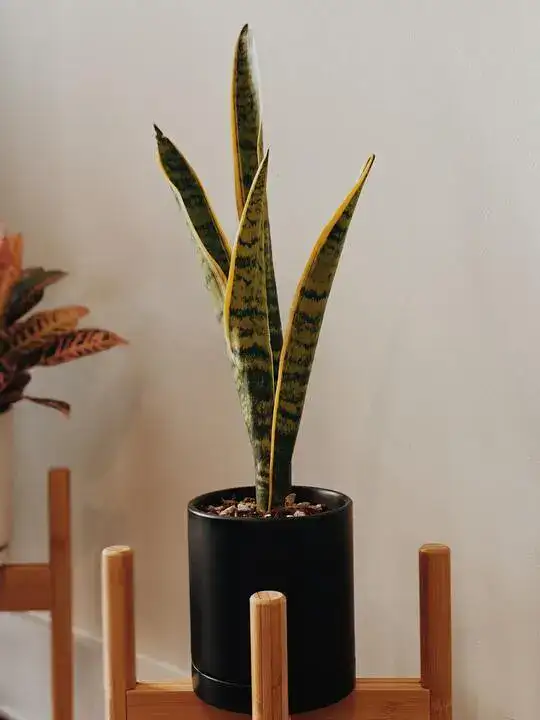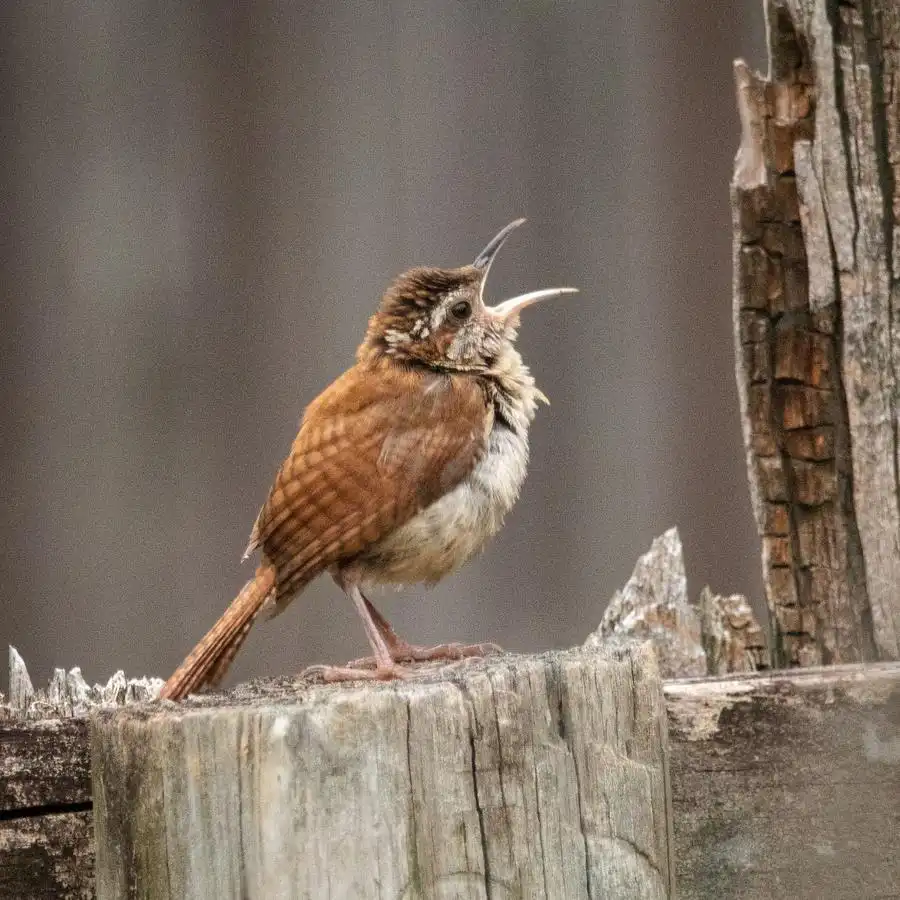Indoor plants are a popular way to bring a touch of nature and beauty to your home or office, but keeping them healthy and vibrant can be a challenge. One of the keys to success is providing your indoor plants with the right nutrients, and that means choosing the best fertilizer.
Not all fertilizers are created equal, and some may not be ideal for the specific needs of indoor plants. In this guide, we'll explore the best fertilizer for indoor plants, taking into account factors like nutrient content, ease of use, and safety for your plants and family.
With the right fertilizer, you can help your indoor plants grow healthy, strong, and beautiful all year round. Keep reading to discover the best fertilizer for your indoor plants.
Also read: Best smart garden watering system
Our top choices
Best Organic Fertilizer for Indoor Plants: Espoma Organic Indoor Houseplant Food
Best Fertilizer Supplement for Indoor Plants: Bloom City CleanKelp Fertilizer Supplement
Best Fertilizer Spikes for Indoor Houseplants: Jobe's Houseplant Fertilizer Food Spikes
Best Fertilizer for Indoor Cacti and Succulents: Grow More Cactus Juice 1-7-6
Why trust us?
We have personally tested and evaluated each product to ensure that our recommendations are based on real-world results. By following our expert advice and using the best fertilizers for your indoor plants, you can help ensure that they remain healthy and vibrant year-round. You can trust ColumbiaFlorist to provide you with accurate and reliable information on the best fertilizer for indoor plants in 2023, helping you achieve beautiful and thriving plants.
TLDR;
The best fertilizer for indoor plants depends on the specific needs of the plant species, but a balanced all-purpose fertilizer is a good starting point. Here are four popular fertilizer options for indoor plants:
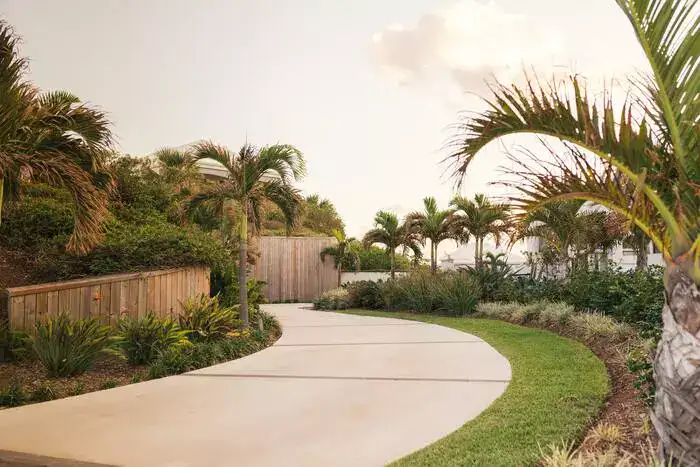
- Espoma Organic Indoor Houseplant Food: This organic fertilizer is made from natural ingredients, including feather meal, bone meal, and potassium sulfate, and provides a balanced nutrition to indoor plants.
- Bloom City CleanKelp Fertilizer Supplement: This natural kelp-based fertilizer provides a slow-release source of essential nutrients, including nitrogen, phosphorus, and potassium, to indoor plants.
- Jobe’s Houseplant Fertilizer Food Spikes: These fertilizer spikes provide a convenient and mess-free way to provide indoor plants with the nutrients they need. They are easy to use and provide a balanced source of nutrition to the plant roots.
- Grow More Cactus Juice 1-7-6: This fertilizer is specifically formulated for cactus and succulent plants and provides a balanced source of nutrients, including nitrogen, phosphorus, and potassium, with a higher ratio of phosphorus to promote blooming.
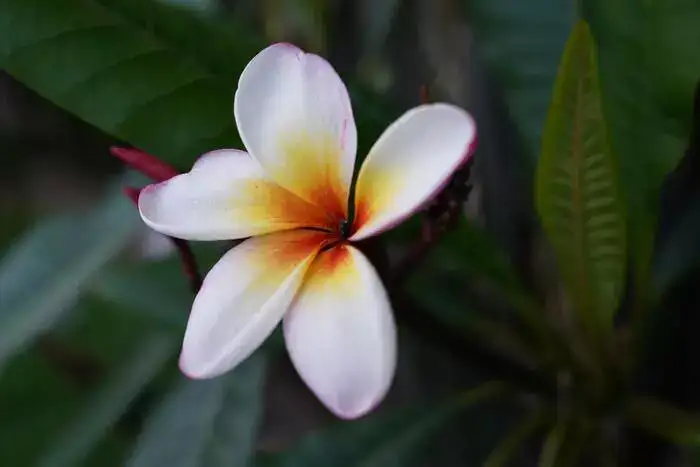
Espoma Organic Indoor Houseplant Food
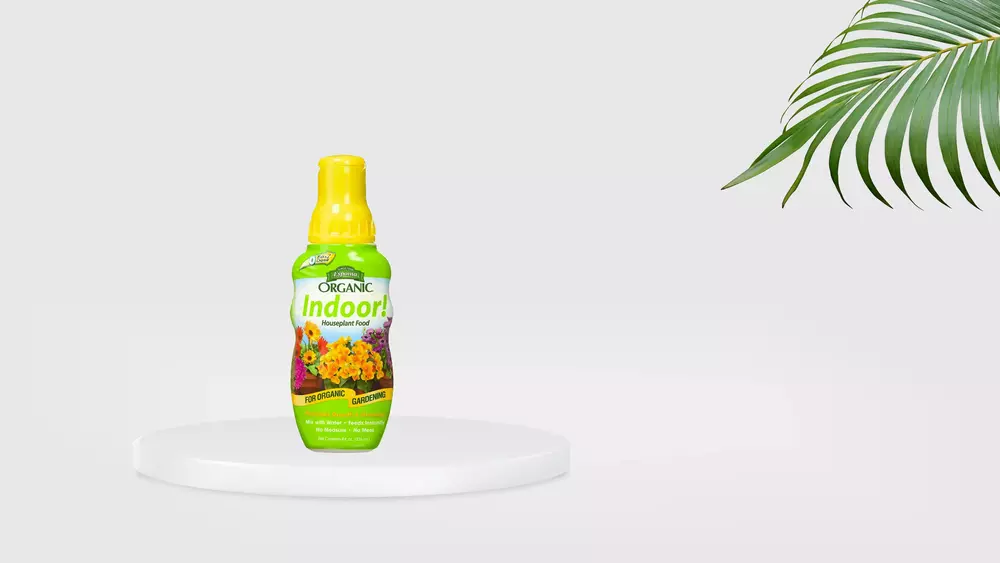
As a gardening professional working for ColumbiaFlorist, I highly recommend the Espoma Organic Indoor Houseplant Food as the best fertilizer for indoor plants. One of the main features that sets this product apart from its competitors is its organic formula, which is made from high-quality ingredients such as poultry manure, kelp extract, fish protein, and bone meal. This unique blend of natural ingredients provides your plants with all the essential nutrients they need to thrive and stay healthy.
Another standout feature of this product is its balanced N-P-K ratio of 2-2-2, which is suitable for any indoor plant. This means that your plants will receive the right amount of nitrogen, phosphorus, and potassium, promoting healthy growth and strong root development.
One of the most significant advantages of using Espoma Organic Indoor Houseplant Food is that it's less potent than other fertilizers, which significantly reduces the risk of over-fertilizing your plants. The handy measuring cap that comes with the product is an excellent tool for reducing this risk even further, ensuring that you give your plants the exact amount of fertilizer they need to thrive.
Also read: Best fertilizer for grass
This product also contains micro-nutrients and beneficial microbes that keep your plants healthy and soil fertile, promoting overall plant health and growth.
While the suggested frequency of use is every two to four weeks, our team at ColumbiaFlorist recommends reapplying the fertilizer every two weeks for best results. We have noticed a significant improvement in the growth and health of our plants since using this product, and we love how easy it is to use with its liquid formula and measuring cap.
Overall, I highly recommend the Espoma Organic Indoor Houseplant Food as a top-quality fertilizer for indoor plants. Its organic formula, balanced N-P-K ratio, and unique blend of natural ingredients make it stand out from other fertilizers on the market, and its effectiveness has been proven time and time again.
Bloom City CleanKelp Fertilizer Supplement
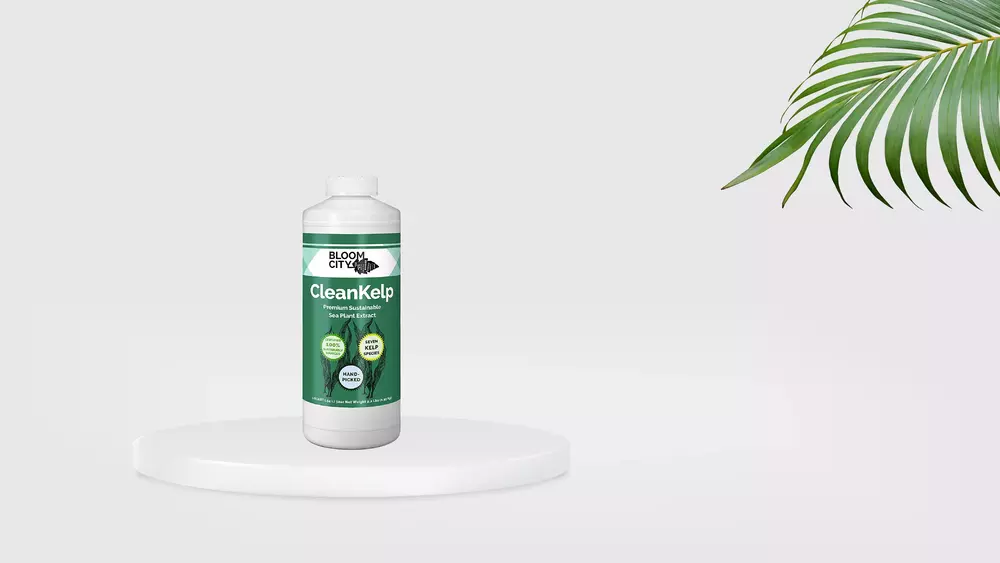
As a gardening professional working for ColumbiaFlorist, I've had the opportunity to try out many fertilizers, but I have to say, Bloom City CleanKelp Fertilizer Supplement is one of the best I've used. This organic fertilizer is made from natural ingredients such as liquid seaweed and kelp, which are known to boost root and stem health, helping plants resist environmental stressors like disease and insects.
One thing that really sets this fertilizer apart from others on the market is its blend of seven species of organic seaweed and kelp. This unique blend provides a wide range of nutrients that are essential for plant growth and health. Plus, it aids in every stage of growth, making it a versatile option that can be used for all types of plants and lawns.
Application is also super easy. You just mix 5-10 milliliters per gallon of water in a watering can and pour the solution over the soil, or spray it on the leaves. We've used it on everything from trees and shrubs to grass and roses, and it's even great for patio plants. Plus, it's safe to use and made in the USA.
One downside to this product is its strong, unpleasant smell due to the seaweed content. However, the benefits it provides far outweigh this minor inconvenience. It's also worth noting that the nutrient levels are not listed on the label.
Overall, I highly recommend Bloom City CleanKelp Fertilizer Supplement for anyone looking for an effective and easy-to-use organic fertilizer that aids in every stage of growth. We've been using it for several years at ColumbiaFlorist, and it's helped improve the health and growth of all our plants.
Jobe’s Houseplant Fertilizer Food Spikes
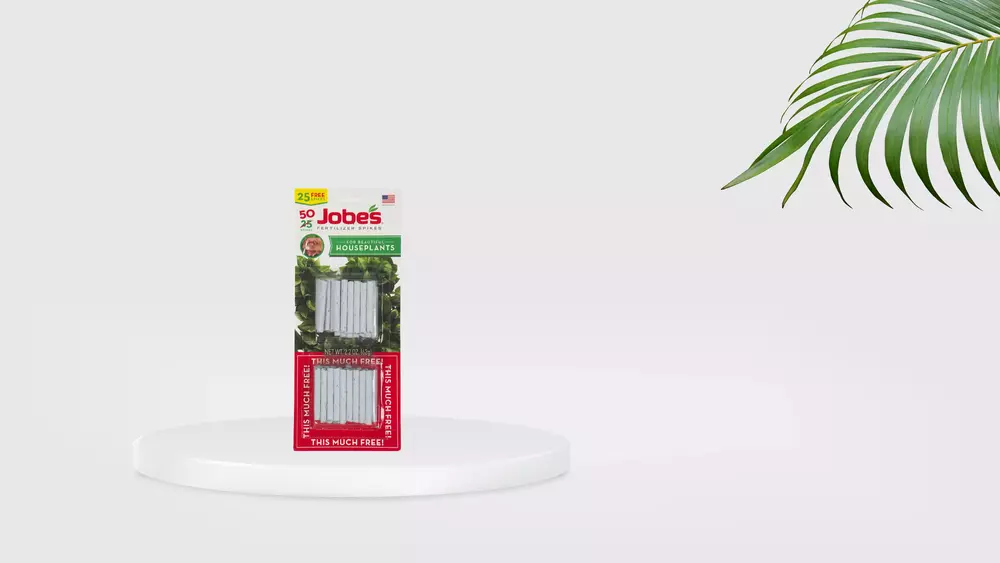
Jobe's Houseplant Fertilizer Food Spikes are an easy and low-maintenance way to provide your indoor plants with the nutrients they need to grow healthy and strong. These granule spikes are designed to gradually release nutrients near the plant roots, where they are needed most. With a nutrient level of 13-4-5, these spikes provide high nitrogen levels that are great for foliage growth and flowering houseplants.
To use, simply insert the spikes into the soil and forget about them for 60 days. However, it's important to follow the instructions carefully and not overfeed your plants, as this can cause them to wilt, turn brown, and lose leaves. At ColumbiaFlorist, we use these spikes once every few months and have seen our plants thrive and bloom more than usual.
While these spikes are suitable for houseplants, they are not recommended for vegetables or outdoor plants. Additionally, they leave a residue on top of the soil, which should be covered with fresh soil after inserting the spikes.
Overall, Jobe's Houseplant Fertilizer Food Spikes are a convenient and effective way to keep your indoor plants healthy and thriving without the need for frequent plant food applications. Just be sure to use them carefully and replace them every 60 days for optimal results.
Grow More Cactus Juice 1-7-6
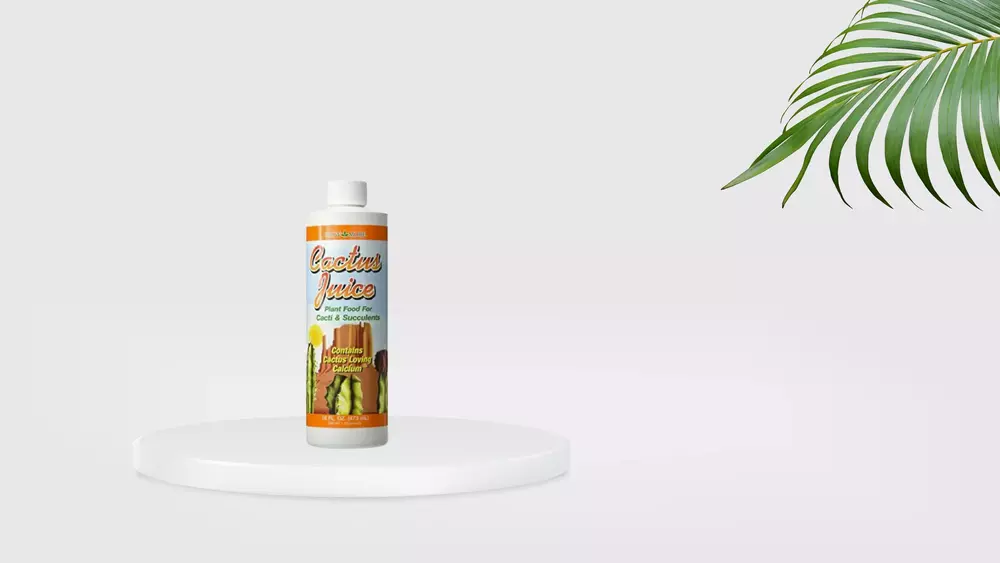
Grow More Cactus Juice 1-7-6 is a great choice for those looking to provide their cacti and succulents with the necessary nutrients to bloom and withstand drought conditions. This liquid fertilizer contains calcium, which is essential for strong stem and root development.
While it can be difficult to apply the fertilizer evenly without spilling, the liquid form of Grow More Cactus Juice makes it easy to apply the correct amount directly to the soil. For best results, mix one teaspoon of the fertilizer per gallon of water and apply as a soil drench to the base of the plant. This fertilizer can be applied every two weeks during the growing season.
At ColumbiaFlorist, we have found Grow More Cactus Juice to be particularly useful for our potted cacti and succulents in Tucson. It helps our succulents produce blooms and grow healthy despite the hot and dry climate. This fertilizer is especially beneficial for cacti and succulents that have specific nutrient needs.
Users have commented that Grow More Cactus Juice provides great value in a two-pack and is an excellent choice for beginners who want to help their cacti and succulents grow. Additionally, some users have reported that this fertilizer helps their cacti and succulents crave calcium, which is important for their overall health.
While Grow More Cactus Juice is a synthetic fertilizer, it provides a balanced nutrient ratio of 1% nitrogen, 7% phosphorus, and 6% potassium which is essential for healthy cacti and succulent growth.
What house plants can benefit from these fertilizers?
Here are a few examples of indoor houseplants that can benefit from using Jobe's Houseplant Fertilizer Food Spikes:
- Pothos - This popular vining plant is known for its ability to thrive in low light conditions. With Jobe's Houseplant Fertilizer Food Spikes, you can ensure that your Pothos receives the nutrients it needs to grow lush and full.
- Peace Lily - This beautiful flowering plant is a common choice for indoor spaces due to its ease of care. With the high nitrogen levels provided by Jobe's Houseplant Fertilizer Food Spikes, you can encourage your Peace Lily to produce even more blooms.
- Spider Plant - This hardy plant is another great choice for indoor spaces, as it can tolerate a range of light conditions. Using Jobe's Houseplant Fertilizer Food Spikes can help your Spider Plant grow more quickly and produce more runners, which can be propagated to create even more plants.
- ZZ Plant - This low-maintenance plant is a popular choice for beginners, as it can tolerate low light and infrequent watering. Jobe's Houseplant Fertilizer Food Spikes can help ensure that your ZZ Plant receives the nutrients it needs to continue thriving in your home.
- Snake Plant - This hardy plant is known for its ability to purify indoor air, making it a popular choice for bedrooms and other living spaces. Using Jobe's Houseplant Fertilizer Food Spikes can help your Snake Plant continue to grow tall and healthy.
Buying Guide
When to Fertilize Indoor Plants?
Indoor plants should be fertilized during their active growing season, typically in the spring and summer. Avoid fertilizing during the winter months when the plant is dormant.
How to Fertilize Indoor Plants?
To fertilize indoor plants, dilute the fertilizer according to the manufacturer's instructions and apply it to the soil around the base of the plant. Be sure to water the plant thoroughly after fertilizing to help the soil absorb the nutrients.
Can you make homemade fertilizer?
Yes, there are many homemade fertilizer recipes you can try, such as compost tea, banana peel fertilizer, and Epsom salt fertilizer. However, it's important to research and follow the instructions carefully to avoid harming your plants.
Is liquid fertilizer better for indoor plants?
Liquid fertilizers can provide quick results and are easy to apply, making them a popular choice for indoor plants. However, slow-release fertilizers can provide nutrients over a longer period, reducing the need for frequent applications.
How often should you fertilize indoor house plants?
The frequency of fertilization depends on the type of fertilizer used and the plant's specific needs. Generally, indoor plants should be fertilized every 2-4 weeks during their active growing season.
What is the best organic fertilizer for houseplants?
Organic fertilizers, such as compost, worm castings, and fish emulsion, are great options for houseplants as they provide a range of nutrients and are gentle on the environment.
What are the essential nutrients that indoor plants need to thrive, and how do fertilizers provide these nutrients?
Indoor plants need a range of essential nutrients, including nitrogen, phosphorus, potassium, calcium, magnesium, and sulfur. Fertilizers provide these nutrients in varying ratios depending on the specific needs of the plant. Nitrogen promotes leaf growth, phosphorus encourages blooming, and potassium supports overall plant health. Calcium, magnesium, and sulfur are also important for healthy growth and development.
What is the best type of fertilizer for indoor plants, and how often should it be applied?
The best type of fertilizer for indoor plants is a balanced, water-soluble fertilizer with a ratio of 20-20-20 or 10-10-10. It should be applied every two to four weeks during the growing season, and less frequently during the dormant season.
Should I use organic or synthetic fertilizer for my indoor plants, and what are the pros and cons of each?
Organic and synthetic fertilizers both have their advantages and disadvantages. Organic fertilizers are made from natural materials, which can improve soil health and promote long-term growth, but may not provide nutrients as quickly as synthetic fertilizers. Synthetic fertilizers are often faster-acting and easier to apply, but can contribute to soil pollution and may not be as sustainable in the long term.
Can over-fertilization harm my indoor plants, and what are the signs to watch for?
Over-fertilization can harm indoor plants and may cause symptoms such as yellowing leaves, stunted growth, or even plant death. To prevent this, it is important to follow the recommended application rates and frequency for the specific type of fertilizer being used.
Should I use a liquid or granular fertilizer for my indoor plants, and which brands are recommended?
Liquid fertilizers are generally easier to apply and more quickly absorbed by plants, but granular fertilizers can provide longer-lasting nutrients. Recommended brands for indoor plants include Miracle-Gro, Espoma, and Jobe's.
How do I choose the right fertilizer ratio (N-P-K) for my indoor plants, and what does each nutrient do?
The right fertilizer ratio (N-P-K) for indoor plants depends on the specific needs of the plant. Nitrogen (N) promotes leaf growth, phosphorus (P) supports root development and flowering, and potassium (K) improves overall plant health and disease resistance. A balanced ratio of all three nutrients is generally recommended.
How does the type of potting mix or soil affect indoor plant growth, and what type of fertilizer should I use for different types of soil?
Different types of potting mix or soil can affect indoor plant growth, and may require different types of fertilizer. For example, soilless mixes may require more frequent fertilization than soil-based mixes, while cactus or succulent mixes may require specialized fertilizers with lower nitrogen levels.
Are there any specific fertilization techniques or schedules that are recommended for different types of indoor plants, such as succulents or tropical plants?
Yes, different types of indoor plants may require specific fertilization techniques or schedules. For example, succulents may require less frequent fertilization than tropical plants, and some plants may require fertilization only during the growing season.
How should I apply fertilizer to my indoor plants, and what equipment should I use?
Fertilizer should be applied according to the specific instructions on the product label, using a watering can or sprayer. It is important to avoid getting fertilizer on the foliage of the plant, as this can cause burns or damage.
What other cultural practices should I implement to promote healthy indoor plant growth, in addition to fertilization?
Other cultural practices that can promote healthy indoor plant growth include proper lighting, watering, and pest control. It is also important to avoid over-crowding plants and to regularly prune and remove dead or diseased plant material.
Sources used in this research:
https://www.thesill.com/blog/plant-care-fertilizer

